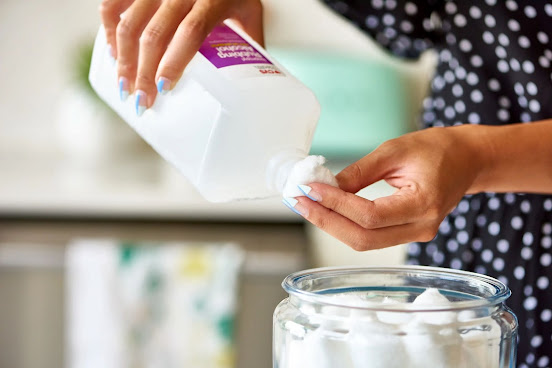(Chernaya, 2021)
Benefits of Sunscreen
Sunscreen allows for individuals to receive their daily dose of Vitamin D whilst protecting our skin from ultraviolet (UV) light. UV light harms the skin as it can change our DNA leading to cancer (Robinson, 2023). Sunscreen when used daily has shown to reduce the risk of certain skin cancer cells by 40 to 50% (Skin Cancer Foundation, 2022). Sunscreen not only can reduce skin cancer but protect our skin from irritations like sunburns. Sunscreen can also help with the overall look of our skin by protecting against wrinkles, sun spots and hyperpigmentation (Robinson, 2023).
How does Sunscreen work?
There are two main types of sunscreens, chemical and physical. Physical sunscreens, also known as mineral sunscreen, contain ingredients like zinc oxide and titanium dioxide. These ingredients help to act like a shield to reflect the sun’s rays (Skin Cancer Foundation, 2022). Chemical sunscreen contains ingredients like oxybenzone, and acts like a sponge to absorb the sun’s rays (Skin Cancer Foundation, 2022). Now you may be wondering which type of sunscreen is better for your skin, both of them are capable of protecting your skin however mineral sunscreens are better at protecting our oceans (Day, 2023).
Sunscreen in our Oceans
Chemical sunscreens contain ingredients like Oxybenzone which are very harmful to our oceans. Many tourists come to the beach and wear these sunscreens but do not know that it can affect the ocean. Oxybenzone can lead to a disturbance for algae, urchins, mussels, fish and dolphins. Most importantly ingredients like oxybenzone can lead to coral bleaching (National Ocean Service, 2022). This is why in tropical areas the selling of oxybenzone has been banned. Oxybenzone has been banned in Hawaii, U.S Virgin Islands, Aruba, Bonaire, Palau and certain parts of Florida and Mexico (McMahon, 2021).
The next time you are on vacation putting on sunscreen to protect your skin make sure you also think about protecting our ocean through the ingredients you may be using in your sunscreen.
Chernaya, K. (2021, May 13). Woman with a heart painted with sunscreen on her back. [Photograph]. Pexels.https://www.pexels.com/photo/woman-with-a-heart-painted-with-sunscreen-on-her-back-8054312/
Day, K. (2023). Your 2023 guide to reef friendly sunscreens. Surfrider Foundation. https://www.surfrider.org/news/your-guide-to-reef-friendly-sunscreens-0
McMahon, S. (2021, May 11). These 7 destinations are banning certain sunscreens. Condé Nast Traveler.https://www.cntraveler.com/story/these-destinations-are-banning-certain-sunscreens
Myles, R. (2019, November 27). MRU grads serve up sociology. Mount Royal University. https://www.mtroyal.ca/AboutMountRoyal/MediaRoom/Stories/mru-grads-serve-upsociology.htm
National Ocean Service. (2022, August).Skincare chemicals and coral reefs. https://oceanservice.noaa.gov/news/sunscreen-corals.html
Robinson, M. (2023, May 17). Should I wear sunscreen every day?: Benefits of sunscreen, explained. GoodRX Health. https://www.goodrx.com/health-topic/dermatology/should-you-wear-sunscreen-everyday
Skin Cancer Foundation. (2022, July). All about sunscreen. https://www.skincancer.org/skin-cancer-prevention/sun-protection/sunscreen/#:~:text=When%20used%20as%20directed%2C%20sunscreen,melanoma%20risk%20by%2050%20percent.


Comments
Post a Comment